What is Rockwell hardness?
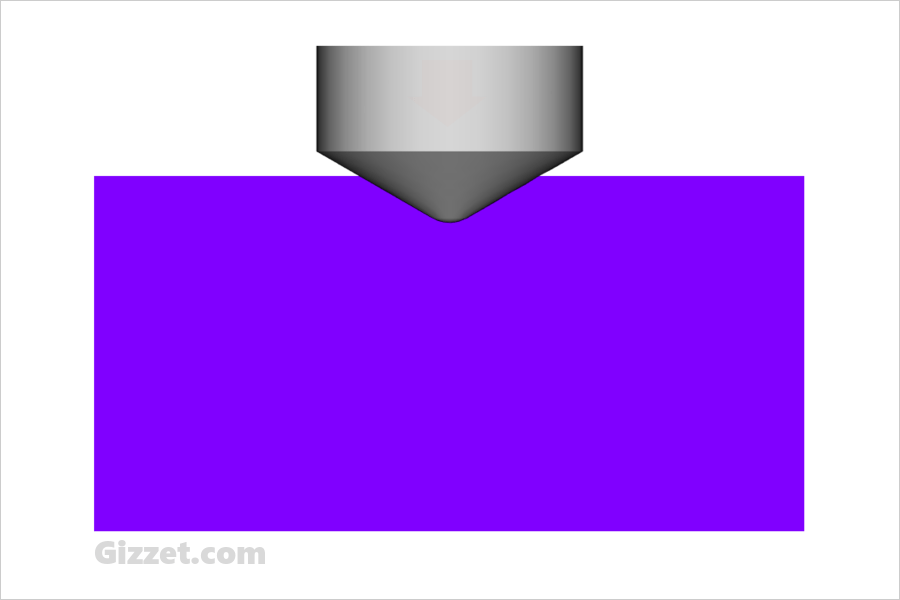
How does it work
Rockwell hardness testing is a so-called indention method. An indenter in the form of a small 120° diamond cone is pressed into the surface of the testing sample with a force equivalent to 150 kg. The depth of indentation is measured and .
Every digit or unit in the Rockwell scale corresponds to a distance of 0.002 mm (or 2 µm) of indention depth. That means a precise measurement system is required.
HRC is typically used for hard steels. For soft metals like soft steel, aluminum, copper or bronze Rocketwell method "B" (HRB) is applied, which uses a steel ball of 1.58 mm diameter instead of a diamond cone.
Our Rockwell tester - outside and inside
Here you can see our Rockwell testing machine. It has 80 kg ...
Link test
Check out other blg posts:
0 Comment
Leave a Comment
Your email address will not be published. Required fields are marked *

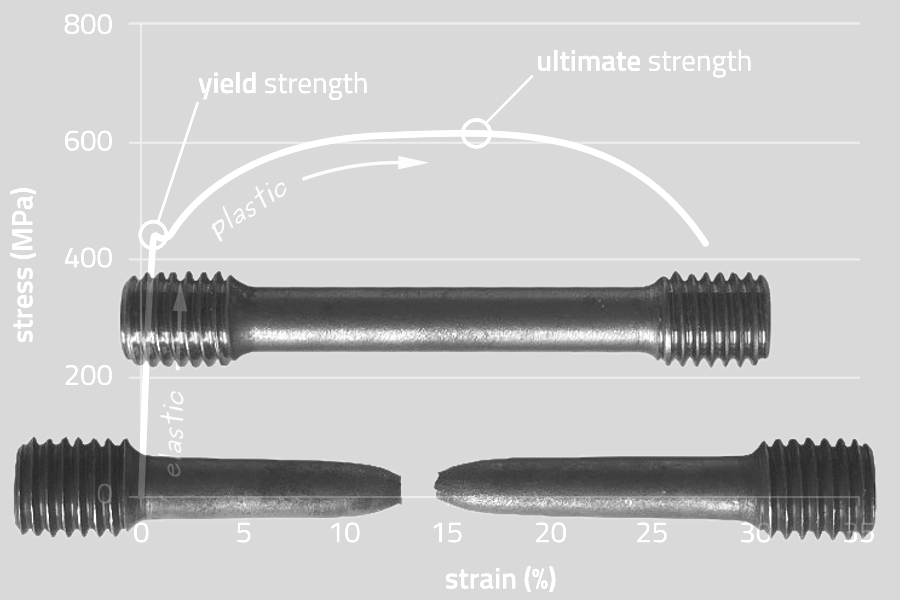
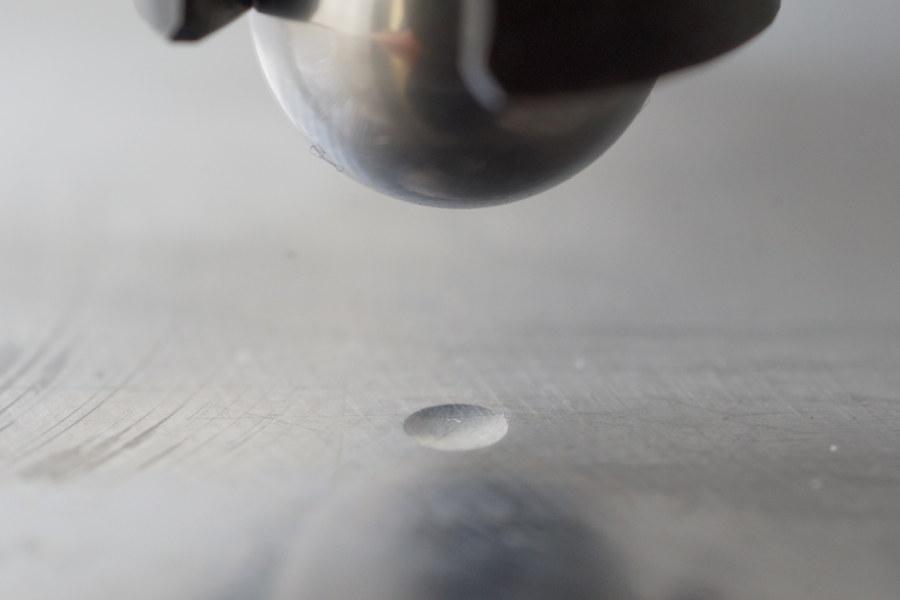



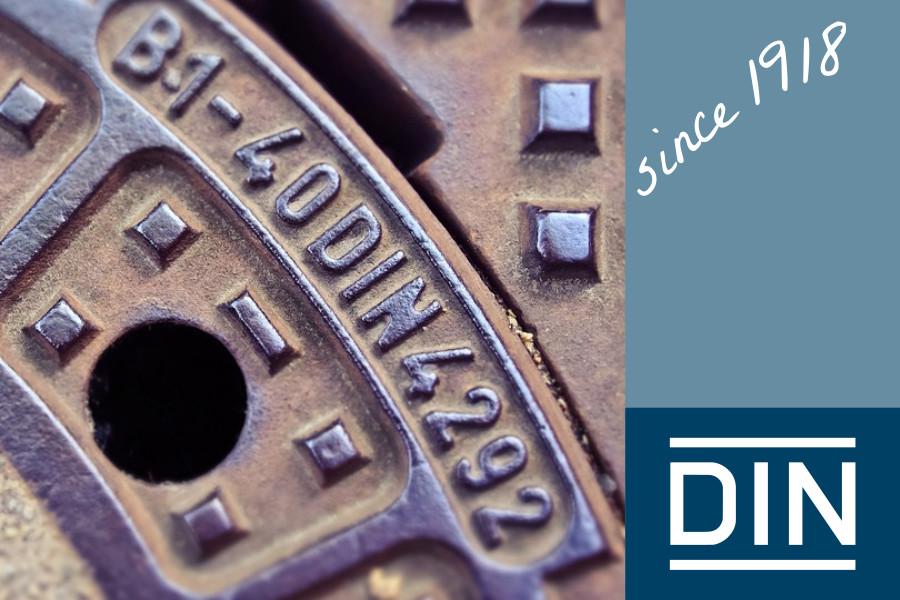










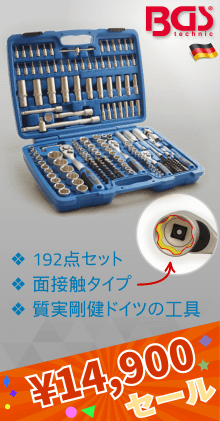
![[ Stahlwille ]](https://gizzet.com/en/media/wysiwyg/banners/stahlwille_aerospace_A01_en.png)




